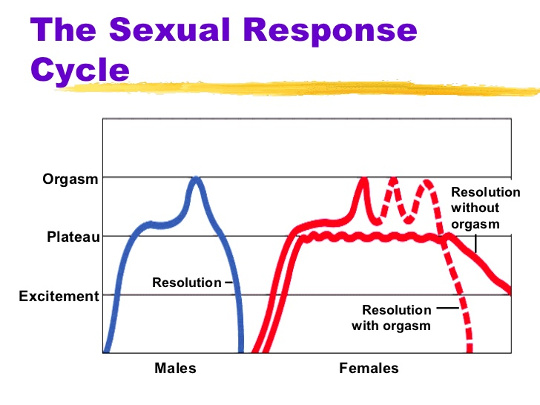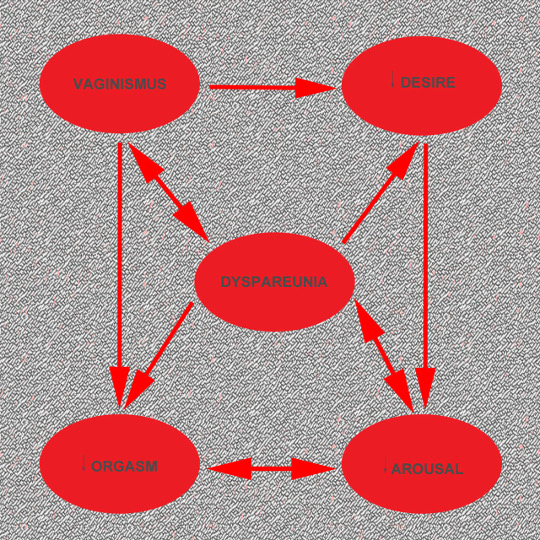Hypoactive Sexual Desire Disorder (Decreased Libido)
- Hypoactive sexual desire (lack of desire for sexual intimacy), is the most common of sexual dysfunctions. It is defined as the persistent deficiency of sexual fantasies, and desire for sexual activity, which causes personal distress.
- Numerous factors including physiologic (e.g. hormonal fluctuations), psychosexual (e.g. marital desire discrepancies), as well as cultural/educational, can affect sexual desire expression in women. Falling serum estradiol as well as testosterone levels (e.g. in the perimenopausal years), have been associated with hypoactive sexual desire and arousal disorders.
- Medications, including antidepressants (SSRI's & tricyclic), tranquilizers, antihypertensives, and anticonvulsants, are often associated with sexual dysfunctions.
Vulvar-Vaginal Laxity Disorder with Decreased Sexual Stimulation
- Condition: laxity of the introitus and vaginal canal, resulting in looseness of the vaginal canal and vaginal opening.
- Symptoms: diminished sensation and tightness during sexual intercourse, resulting in loss of, or decreased satisfaction during intimacy.
- Causes: multiple vaginal births, and advancing age with the loss of the protective effects of estrogen on vulvar-vaginal tissue.
- When it can occur: Post childbirth, perimenopause and postmenopause.
- Treatments: PRP/ fractional CO2 Laser Rx. Surgical interventions (vaginoplasty), Kegel exercises.
Sexual Arousal Disorder
- Sexual arousal disorder is defined as the persistent or recurrent inability to attain or maintain sufficient sexual excitement, causing personal distress.
- Pain (dyspareunia, vaginismus), psychosexual factors (e.g. insufficient or inadequate stimulation), falling serum estradiol as well as testosterone levels (e.g. in the perimenopausal years), postmenopausal urogenital atrophy, small vessel atherosclerotic disease of the genitalia, as well as the use of medications, including antidepressants (SSRI's & tricyclic), birth control pills, tranquilizers, antihypertensives, and anticonvulsants, can be associated with sexual arousal disorder.
Orgasmic Disorder
- Orgasmic disorder is defined as the persistent difficulty or absence of attaining orgasm following sufficient sexual stimulation & arousal, which causes personal distress.
- Etiology of orgasmic disorder can be neurologic, psychosexual, muscular, vascular or endocrinologic.
Sexual Pain Disorder
- Sexual pain disorder (Dyspareunia &/or vaginismus) is defined as a persistent or recurrent genital pain associated with sexual intercourse, which causes personal distress. The pain often interferes with the enjoyment of vaginal intercourse, and when severe prevents it completely.
- Dyspareunia, when chronic, can lead to other sexual function disorders, including desire, arousal and orgasm disorders.
Today, patients are turning to the PelviCure Center™ to alleviate vulvovaginal pain and to cure urinary and sexual dysfunctions.


